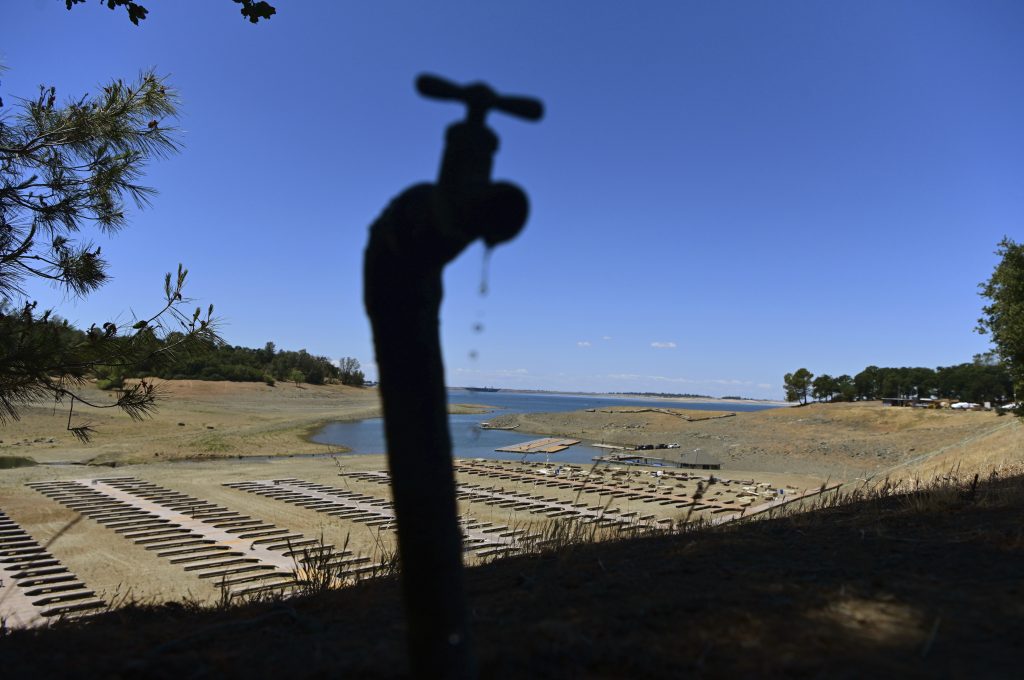WYDOT: Top Ten Snowplow Facts for Wyoming Winter Drivers
Written by Andrew-Rossi on February 14, 2022
It may not be the whitest of winters, but W.Y.D.O.T. has released its own Top 10 list to keep drivers safe while snowplows are doing their critical work.
Wherever winter hits, W.Y.D.O.T. snowplow drivers will be working, even during the worst storms of the season. But while plows make the roads safer, driver safety comes down to the knowledge and consideration of the individual.
Operators have been seeing increased plow strikes over the last few winters. To prevent more incidents, W.Y.D.O.T. continues utilizing public information and education wherever it can.
Below are the Top-10 things that snowplow drivers believe Wyoming motorists — both tourists and residents — should know as they encounter plows on their travels:
-
Give plows room to work.
- W.Y.D.O.T.’s plow trucks have amber, red, and blue flashing lights mounted on top of the cab, on the back of the sanders, and a light on the wing plow. Snowplows are enormous machines capable of moving tons of snow every minute. Like all vehicles, plows have blind spots; avoid following too closely for safety.
-
Don’t pass the plow
- Avoid passing a plow truck when it’s plowing snow. The safest driving surface is at least four car lengths behind the plow. Also, don’t pass into the plume of snow being moved if you must pass.
-
Know “Snow Speed”
- Snowplows typically plow and sand roads at speeds below the posted speed limit. Plows often operate at speeds of 45 mph or less, depending on road conditions, including snow levels, drifting, and ice. Plows work in small sections and regularly pull out of traffic to turn around or replenish salt/sand. Please drive patiently.
-
Watch for tow plows.
- Some parts of the state use tow plows, which are large pieces of equipment that help plow operators plow both driving and passing lane simultaneously; avoid passing until it is safe to do so. Plows also operate large wing plows on the shoulders of the highways. Never use the emergency lane/highway shoulder to pass.
-
Beware the cloud
- The plow truck often creates a snow cloud when working. Please keep a close watch, as plows frequently stir up their whiteout conditions while working, and the flashing lights may not be visible. Wait for visibility to improve before passing, especially on two-lane highways.
-
Follow but stay back
- Different storms and temperatures require different methods to fight snow and ice. W.Y.D.O.T. trucks spread sand, anti-icing, and de-icing chemicals each storm as needed and as temperatures allow. Salt is ineffective in sub-zero temperatures and strong winds. Avoid following too closely when salt and sand are being applied.
-
Slick will stick
- Even after roads are plowed and treated, slippery conditions can persist. Be especially careful in intersections, on-/off-ramps, bridges, and shady areas. These areas may be wet during the day and icy at night. Blowing and drifting snow can also create slick driving conditions for drivers, including slush, ice, and drifted snow.
-
Patience
- Be patient with road conditions and road-plowing efforts. Remember that road conditions change depending on temperature, wind speeds, and other factors. Even on treated roads, avoid using cruise control and drive according to conditions.
-
Don’t distract yourself
- Limit distractions and focus on driving. Avoid cell phone use and other distractions that prevent you from paying attention to what’s happening on the roadway. In addition, Wyoming’s weather can change in a matter of miles.
-
Know before you go
- It’s wise to do some homework before heading for work, driving to an out-of-town appointment, or departing for a bigger town on a shopping outing. You can monitor W.Y.D.O.T. road conditions at www.wyoroad.info or call 1-888-WYO-ROAD or 511 Notify by dialing 511. Drivers can also enable this system to deliver road alerts as text messages or e-mails on routes that the user identifies. Go to www.wyoroad.info and choose the 511 Notify icon to set up your account. Sometimes road conditions are challenging, and other drivers are unpredictable, so staying home or rescheduling an appointment might be great alternatives to driving during a snow event.

